
Send your inquiry: sales@cncdsteel.com

Send your inquiry: sales@cncdsteel.com
Cold rolled stainless steel strip refers to the thin steel plate supplied in rolls, also known as strip. According to the process is divided into hot rolling and cold rolling, but also ordinary steel belt and high quality steel belt. There are many kinds of stainless steel belt! More versatile! Thickness: 0.02mm-4mm, width: 3.5mm-1550mm, non-standard can be customized!The cold-rolled stainless steel strip is just an extension of the ultra-thin stainless steel plate. It is main…

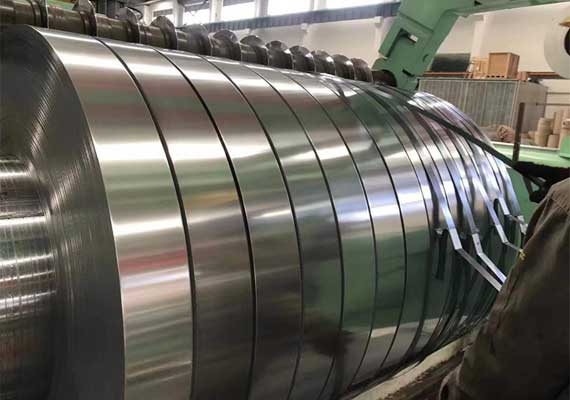
Stainless steel
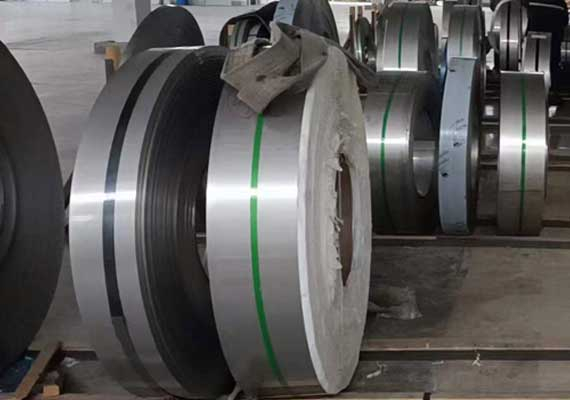
Stainless steel
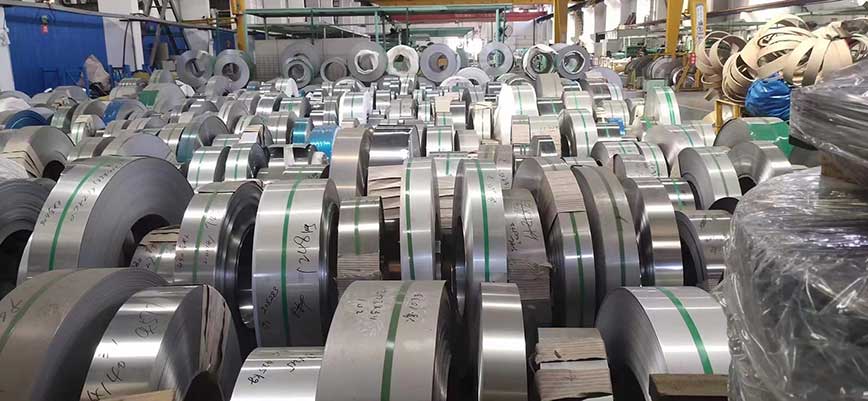
Cold rolled stainless steel strip refers to the thin steel plate supplied in rolls, also known as strip. According to the process is divided into hot rolling and cold rolling, but also ordinary steel belt and high quality steel belt. There are many kinds of stainless steel belt! More versatile! Thickness: 0.02mm-4mm, width: 3.5mm-1550mm, non-standard can be customized!
The cold-rolled stainless steel strip is just an extension of the ultra-thin stainless steel plate. It is mainly a narrow and long steel plate produced to meet the needs of different industrial sectors for the industrial production of various metal or mechanical products.

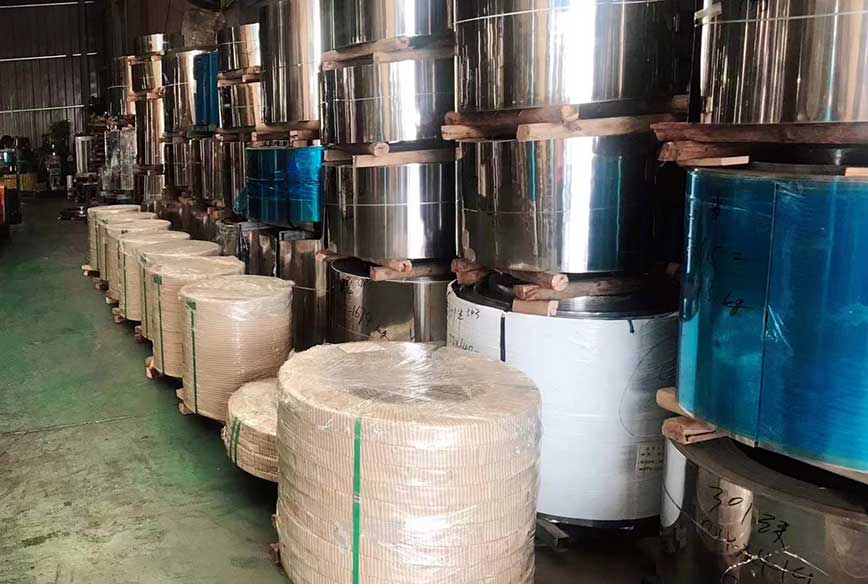
316 is the American standard. Belong to rust. Heat resistant. Corrosion resistant steel. Austenitic stainless steel. For the national standard is 0Cr17Ni12Mo2. Is better than 304 stainless steel. In seawater and various other media. Better corrosion resistance than 0Cr19Ni9. Mainly pitting corrosion resistant materials.
316 stainless steel and 304 stainless steel from the appearance of the difference is as follows:
[1]Mo is indeed a high-temperature resistant substance (know what crucible gold melts in? Molybdenum crucible!) .
[2] Molybdenum readily reacts with high sulfur ions to form sulfide.
Cold rolled steel strip for deep stamping cold rolled steel strip for deep stamping is a low carbon high quality carbon structural steel cold rolled steel strip for deep drawing complex drawing parts.
Delivery status:
Delivery after heat treatment and leveling.
The surface of the strip in supply condition shall be rough or shiny.
Usage: widely used in automobile, tractor and other industries.
Attachment 1: physical properties of stainless steel
I. General physical properties
Like other materials, physical properties mainly include the following three aspects: thermodynamic properties such as melting point, specific heat capacity, thermal conductivity and linear expansion coefficient, electromagnetic properties such as electrical resistivity, electrical conductivity and magnetic conductivity, and mechanical properties such as Young's elastic modulus and rigidity coefficient. These properties are generally considered to be inherent in stainless steel materials, but can also be affected by such factors as temperature, degree of processing and magnetic field strength. Under normal circumstances, stainless steel and pure iron compared with low thermal conductivity, resistance, and linear expansion coefficient and permeability properties are different according to the crystal structure of stainless steel itself.
Table 4-1 ~ Table 4-5 lists the physical properties of martensite stainless steel, ferritic stainless steel, austenite stainless steel, precipitation hardening stainless steel and duplex stainless steel. Such as density, melting point, specific heat capacity, thermal conductivity, linear expansion coefficient, resistivity, permeability and longitudinal elastic coefficient and other parameters.
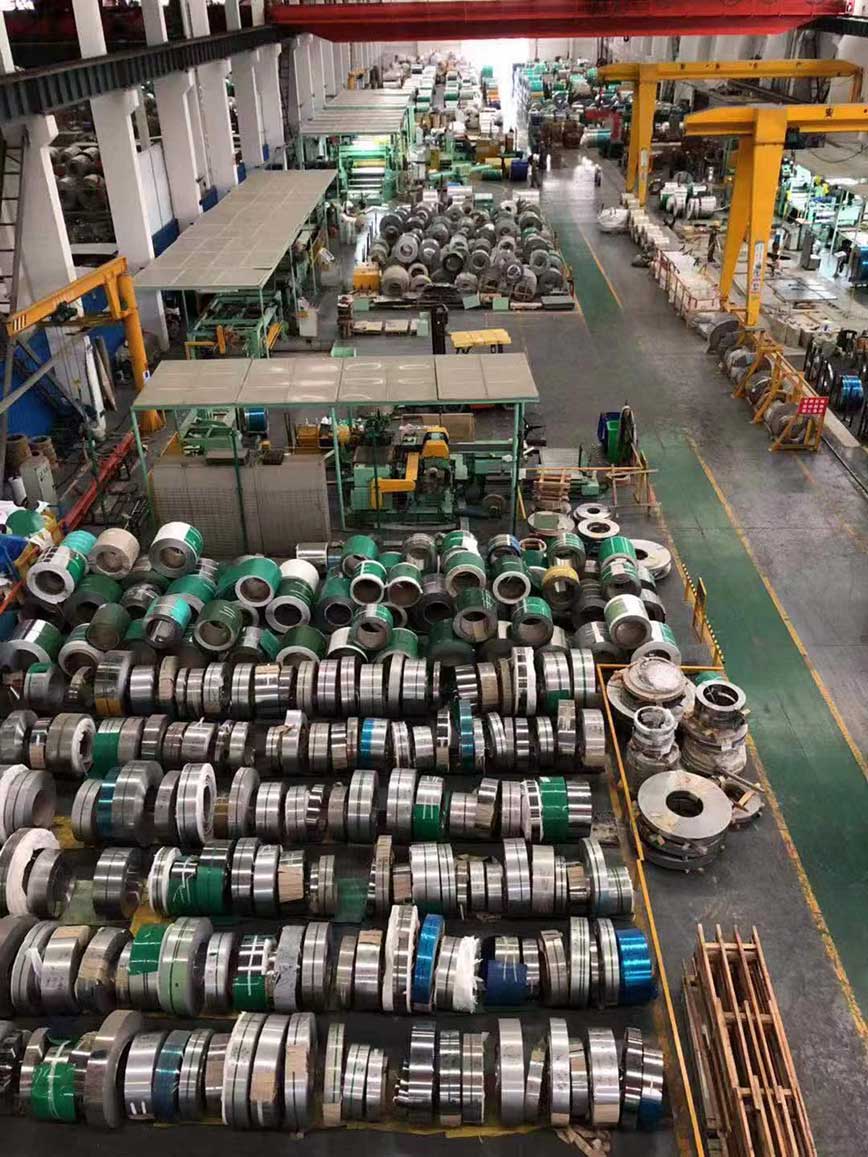
Zona steel cold rolled stainless steel strip parameter sheet | Product Name | 316/316L Cold rolled stainless steel strip | Equivalent Grade | 316:UNS S31600/DIN 1.4401/AISI 316/SAE 316/SUS316/X5CrNiMo17-12-2 | Type | Cold Rolled/Hot Rolled | Standard | GB,AISI,ASTM,DIN,EN,JIS | Available Grades | Stainless steel 304 / 304L / 310S / 316L / 316Ti / 316LN / 317L / 904L / 2205 / 2507 / 32760 / 253MA / 254SMo / XM-19 / S31803 / S32750 / S32205 / F50 / F60 / F55 / F60 / F61 / F65 etc | Monel 400 / Monel K-500 | Inconel 600 / Inconel 601 / Inconel 625 / Inconel 617 / Inconel 690 / Inconel 718 / Inconel X-750 | Incoloy A-286 / Incoloy 800 / Incoloy 800H / Incoloy 800HT | Incoloy 825 / Incoloy 901 / Incoloy 925 / Incoloy 926 | Nimonic 75 / Nimonic 80A / Nimonic 90 / Nimonic 105 / Nimonic C263 / L-605 | Hastelloy B / Hastelloy B-2 / Hastelloy B-3 / Hastelloy C / Hastelloy C-276 / Hastelloy C-22 | Hastelloy C-4 / Hastelloy C-2000 / Hastelloy G-35 / Hastelloy X / Hastelloy N | PH stainless steel 15-5PH / 17-4PH / 17-7PH | Thickness | hot rolled 2.5mm-200mm | cold rolled 0.3mm - 6mm | width | hot rolled 1000mm-3500mm | cold rolled 10mm - 2000mm | Finish | 2B, ****, HL, NO.4, 4K, 8K, sandblast, BA | Packing | Wooden box, wooden crame/pallet, iron frame | Inspection | TUV,BV,ABS,LR and so on | Application | Construction, Chemical, Pharmaceutical & Bio-Medical, Petrochemical & Refinery, Environmental, Food Processing, Aviation, Chemical Fertilizer, Sewage Disposal, Desalination, Waste Incineration etc. | Processing Service | Machining : Turning / Milling / Planing / Drilling / Boring / Grinding / Gear Cutting / CNC Machining | Deformation processing : Bending / Cutting / Rolling / Stamping | Welded | Forged | Delivery Time | 7-40 days | Trade Term | FOB CIF CFR CIP DAP DDP EXW | Payment | T/T, L/C,D/A,D/P, Western Union,MoneyGram,According to customer requirements payments for offline orders. | Transportation | By air, by sea, by train, by truck | Sample | Free | Warranty | Trade assurance after sales service | |
Products are widely used in construction, machinery, coal mining, chemical industry, electric power, railway vehicles, automobile industry, highways, bridges, containers, sports facilities, agricultural machinery, petroleum machinery, prospecting machinery, greenhouse construction and other manufacturing industries
The corrosion resistance of stainless steel coils decreases as the carbon content increases. Therefore, the carbon content of most stainless steels is low, up to 1.2%, and some steels have a low ωC (carbon content) of even less than 0.03% (such as 00Cr12). The main alloying element in stainless steel coil is Cr (chromium). Only when the Cr content reaches a certain value, the steel has corrosion resistance. Therefore, the goods Cr (chromium) content of at least 10.5%. Stainless steel coil also contains Ni, Ti, Mn, N, Nb, Mo, Si, Cu and other elements.
Most of the requirements for use are to maintain the original appearance of the building for a long time. In determining which type of goods to choose, the main considerations are the required aesthetic standards, the corrosiveness of the local atmosphere and the cleaning system to be used. However, other applications are increasingly seeking structural integrity or impermeability. Examples include roofs and sidewalls of industrial buildings. In these applications, construction cost to the owner may be more important than aesthetics, and the surface may not be very clean. The use of 304 stainless steel coils in dry interior environments is quite effective.
Weldability. Different product uses have different requirements for weldability. A class of tableware generally does not require weldability, even including some cookware companies. However, most products require raw materials with good weldability, such as second-class tableware, insulation cups, steel pipes, water heaters, water dispensers, etc.
Corrosion resistance. Most stainless steel coil products require good corrosion resistance, such as Class I or Class II tableware, kitchen utensils, water heaters, water dispensers, etc.
Polishing performance. In today’s society, stainless steel coil products in the production process are generally polished, only a few products such as water heaters, drinking fountains, etc. do not need to be polished. Therefore, this requires raw materials with good polishing performance.
1. The need for pre-treatment
Pretreatment is an important treatment step before the surface of
stainless steel coil parts enter surface treatment (including pickling,
chemical polishing and electrochemical polishing, electroplating,
passivation, black coating, coloring, chemical treatment, etc.). During
the forming process of goods parts, the surface may adhere to oil
stains, burrs, rough surfaces and oxides. Therefore, before surface
treatment, oil stains, burrs, uneven surfaces and oxides must be removed
in order to obtain subsequent satisfactory results through processing.
2. Treatment of removed dirt
Stainless steel coil surface pretreatment in the need to remove the dirt
can be divided into two categories: organic and inorganic substances.
(1) organic dirt. Including mineral oil (such as diesel, oil, paraffin,
gypsum, etc.) and animal oil, vegetable oil (such as soybean oil,
camellia oil, rapeseed oil, lard, butter, etc.). These oils are mainly
from the stainless steel coil zero cattle processing process used in the
lubricant. , cutting oil, quenching oil, polishing paste and polishing
paste, and fingerprints.
(2) Inorganic dirt. Including dirt, dust particles, oxides and other
contaminants generated during the heat treatment process.
3. Pretreatment steps for stainless steel coil parts
(1) The surface is mechanically leveled. Eliminate the roughness of the
stainless steel coil surface, through mechanical polishing and grinding
to achieve a surface finish.
(2) Degreasing. Remove the surface oil and dirt.
(3) Acid washing. Remove the oxides on the surface.
(4) Weak corrosion. Activates the surface to be treated, removes the
surface passivation film, and exposes the metal crystal structure.
Stainless steel is a high-alloy steel, with a large resistance to rolling deformation. In order to carry out high-efficiency and high-precision rolling, rigid rolling mills should be used, generally multi-roller cold rolling mill.
Special welding process is also a feature of cold-rolled stainless steel coil production.
In the production process of cold rolled stainless steel coil, the raw material (hot rolled coil) should be annealed, intermediate annealing should be carried out in the cold rolling process, and the final product should be annealed, so annealing is an important part of the production.
Cold-rolled stainless steel is a high-grade steel products, there are strict requirements for surface quality. Not only are metallurgical defects caused by the previous process not allowed, but also obvious defects caused by the cold rolling process.
Send your inquiry / assessment to Us. Anything need us ,please don’t hesitate contact us here! we will keep it secret for you !

Send your inquiry / assessment to Us. Anything need us ,please don’t hesitate contact us here! we will keep it secret for you !
